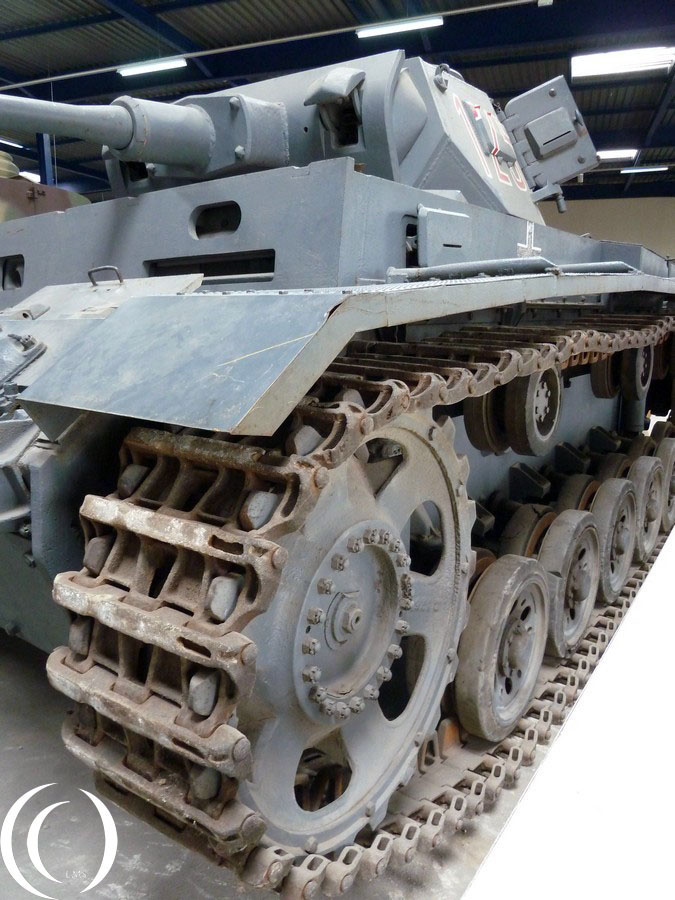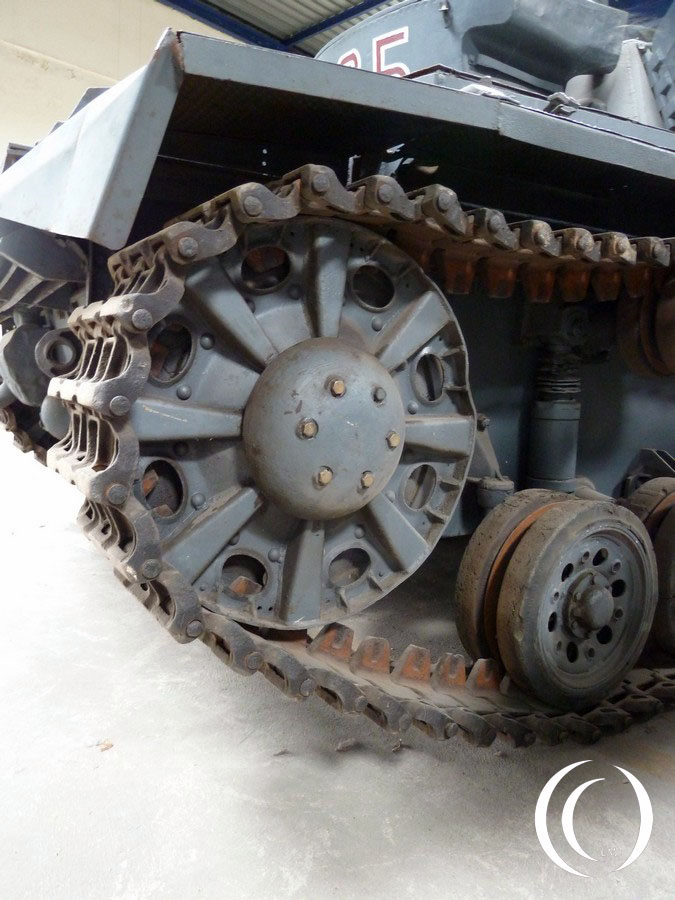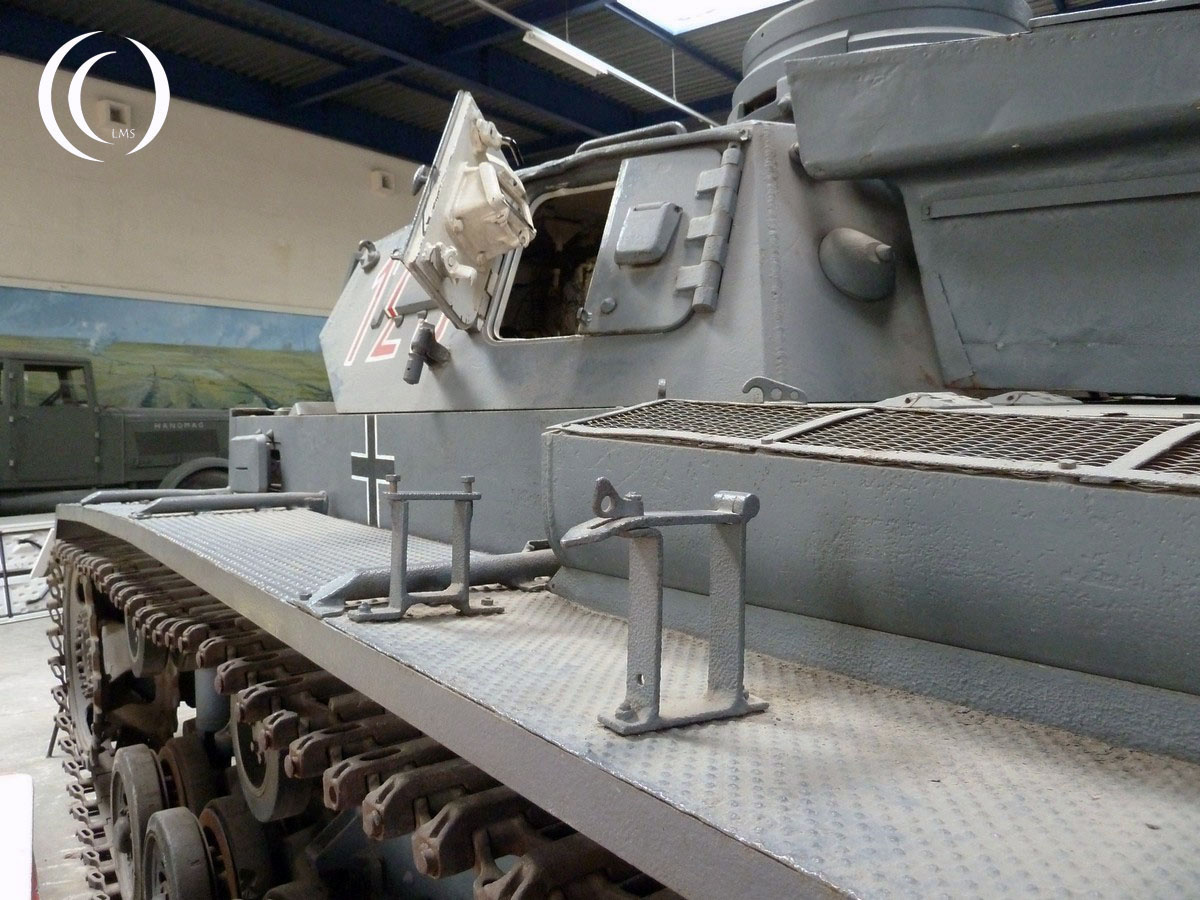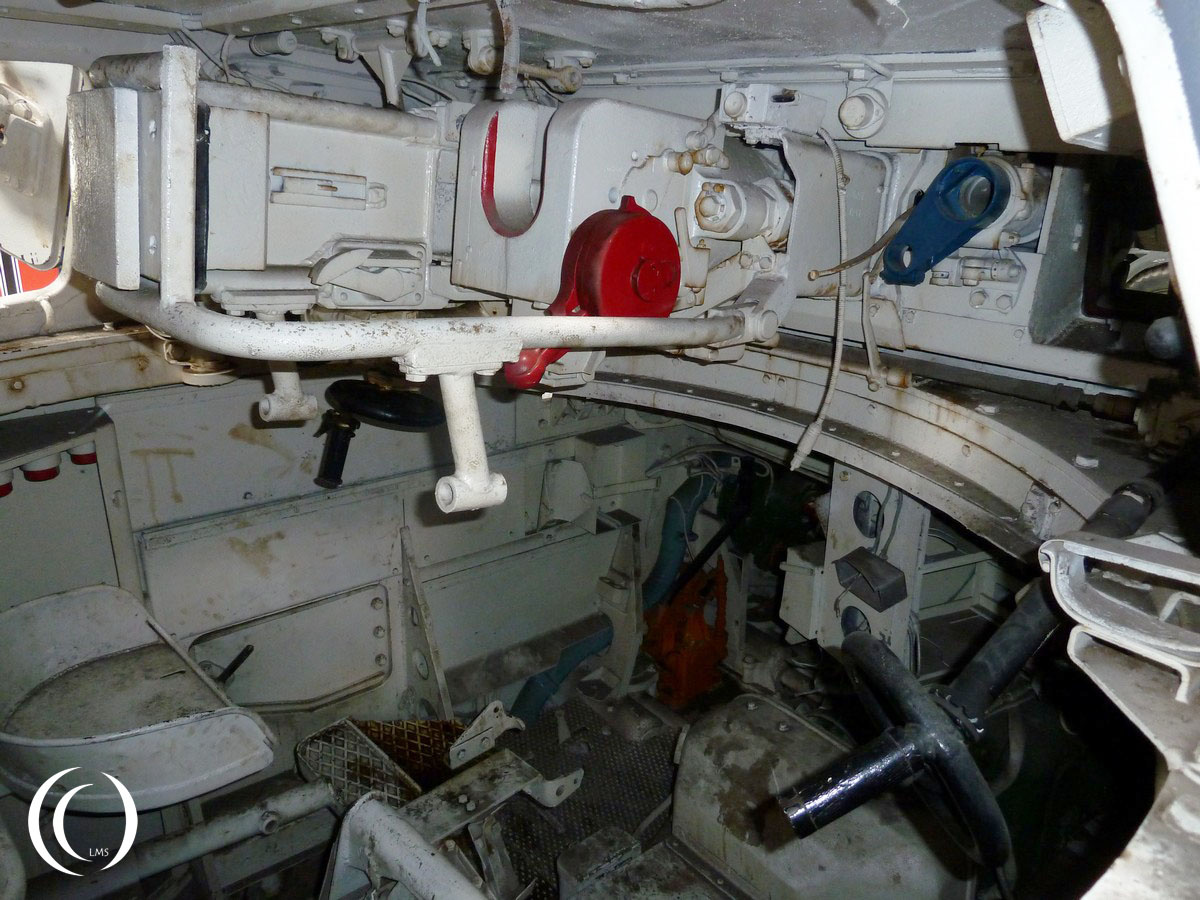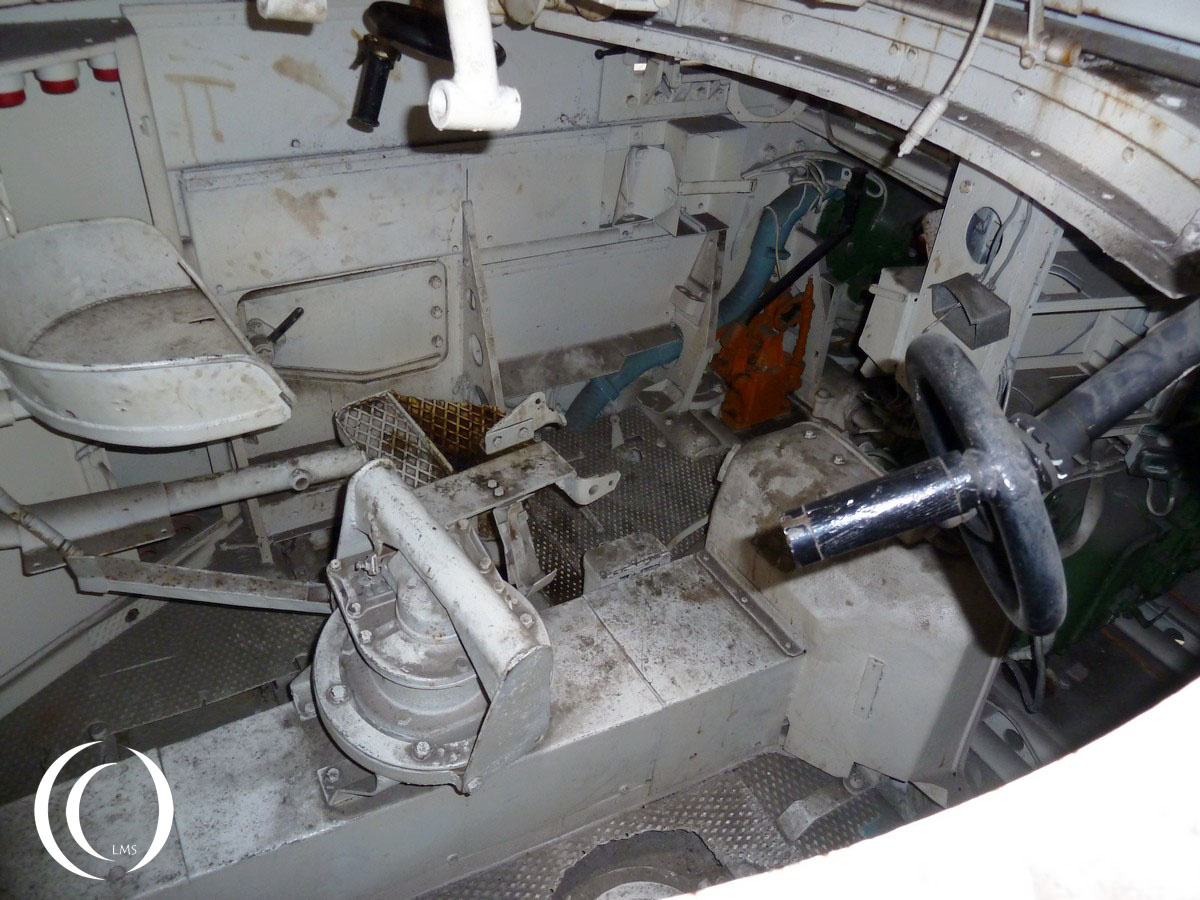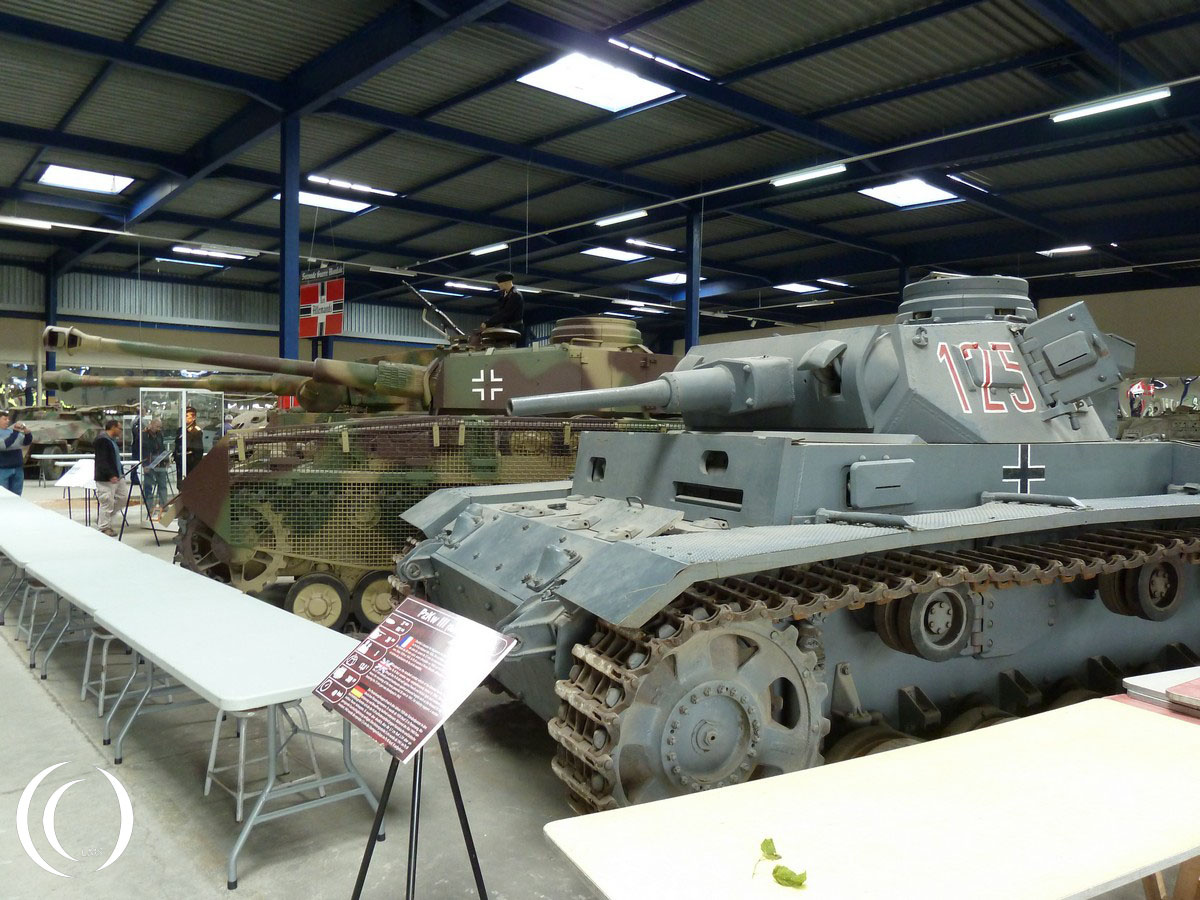
The Panzer III (Sd.Kfz. 141) or Panzerkampfwagen III was a German medium tank developed in the 1930s and widely used during the early stages of World War Two. It was designed to engage enemy infantry and light vehicles, eventually evolving into a versatile platform capable of performing a variety of combat roles, including anti-tank operations.
The Panzer III was powered by a 12-cylinder Maybach HL 120 TRM gasoline engine that produced 300 horsepower, enabling it to reach a top speed of approximately 40 km/h (25 mph) and a range of about 150 km (93 miles) on roads. The tank weighed around 20 tons and featured torus-type rubber tracks for better mobility on various terrains.
Initially, the Panzerkampfwagen III Ausf. F was armed with a 37mm KwK 36 L/45 gun, which was effective against early war-era tanks and infantry, along with two 7.92mm MG34 machine guns for close defense. Over time, its armament was upgraded to a 50mm KwK 39 L/60 gun to counter heavier armor.
The tank’s armor thickness ranged from 14.5mm to 50mm, providing protection against small arms fire and shrapnel, though it was vulnerable to heavier artillery. With a crew of 5 (commander, driver, gunner, loader, and radio operator), the Panzer III served extensively in battles such as France 1940, Operation Barbarossa, and the North African Campaign. It was phased out by the end of the war in favour of the more powerful Panzer IV.
This German Panzer III tank with “125” marking on the side of the turret has the early 37mm gun and was photographed at the Musée des Blindes in Saumur, France.

